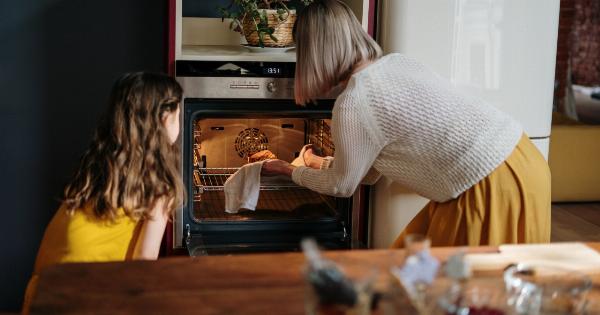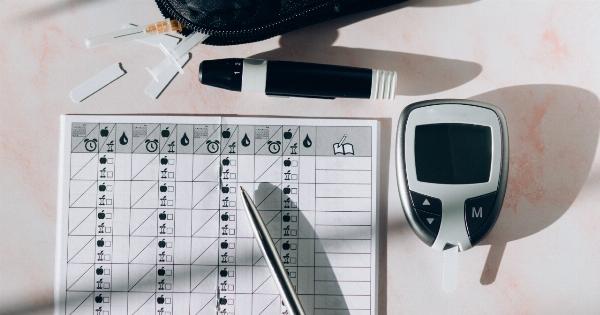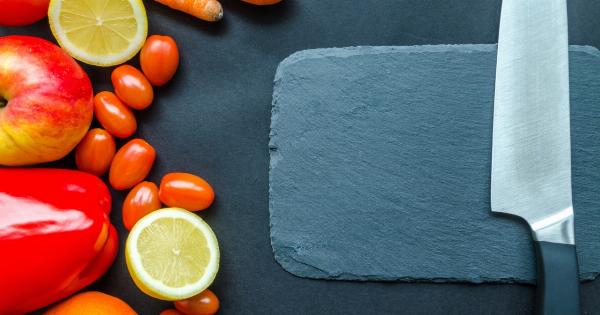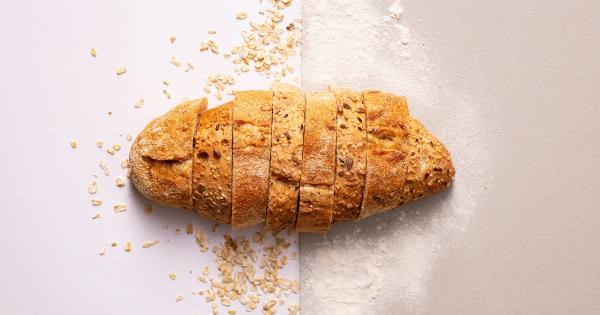Your refrigerator is an essential appliance in your kitchen, helping to keep your food fresh and safe to consume. However, many people unknowingly make mistakes that could shorten the lifespan of their refrigerators or impact their efficiency.
In this article, we will discuss seven common refrigerator mistakes and provide tips on how to avoid them, ensuring your refrigerator continues to run smoothly for years to come.
1. Overstuffing the Fridge
It can be tempting to cram your refrigerator with groceries, but overstuffing it can impede proper airflow and cooling.
When there is limited space for air circulation, your fridge will have to work harder to keep the contents cold, leading to increased energy consumption and reduced efficiency. To avoid this mistake, organize your fridge, keeping enough space between items, and consider storing excess food in a separate pantry or freezer.
2. Ignoring the Temperature Settings
Refrigerators typically have temperature control settings to help you maintain the ideal temperature for your food. It is crucial to set the temperature correctly according to the guidelines provided by the manufacturer.
Ignoring these settings and keeping the temperature too low or too high can affect food preservation and energy efficiency. Consult your fridge’s manual to determine the optimal temperature for efficient and safe operation.
3. Neglecting to Clean the Coils
The coils behind or underneath your refrigerator are responsible for releasing heat and allowing proper cooling. Dust and debris can accumulate on these coils, obstructing airflow and forcing your fridge to work harder.
Regularly clean the coils with a vacuum cleaner or a brush to remove any dirt build-up and ensure proper functioning.
4. Failing to Defrost Regularly
If your refrigerator has a freezer compartment, it is essential to defrost it regularly. Ice buildup not only reduces the available storage space but also affects the efficiency of the appliance.
As the ice accumulates, it restricts airflow and causes the fridge to work harder to maintain the desired temperature. Follow the manufacturer’s instructions to defrost your freezer section periodically to avoid this issue.
5. Placing Hot Food Directly in the Fridge
While your refrigerator is designed to cool down food, placing hot items directly into it can affect the overall temperature.
The heat from hot food will cause the fridge to work harder to maintain the desired coldness, leading to increased energy consumption. Allow hot food to cool down at room temperature for a while before storing it in the refrigerator to maintain a consistent temperature inside.
6. Neglecting to Clean the Interior
The interior of your refrigerator can accumulate spills, stains, and unpleasant odors if not cleaned regularly. Neglecting this maintenance can lead to cross-contamination and reduce the overall freshness of your food.
Clean the interior with a mixture of baking soda and water, regularly remove expired items, and wipe spills immediately to maintain a clean and odor-free fridge.
7. Keeping the Fridge Empty or Too Full during Power Outages
During a power outage, the contents of your refrigerator are vulnerable, and the length of the outage can impact food safety.
Keeping your fridge empty during power outages can cause the temperature to rise quickly, while keeping it too full can limit airflow and make it harder for the appliance to return to a safe temperature once the power is restored. To prevent any issues, keep your refrigerator about three-quarters full during power outages, ensuring optimal cooling without overcrowding.
By avoiding these common refrigerator mistakes, you can extend the lifespan of your appliance, minimize energy consumption, and keep your food fresh and safe for longer periods.
Implement these tips, and you’ll enjoy an efficient and reliable refrigerator in your kitchen for years to come.































